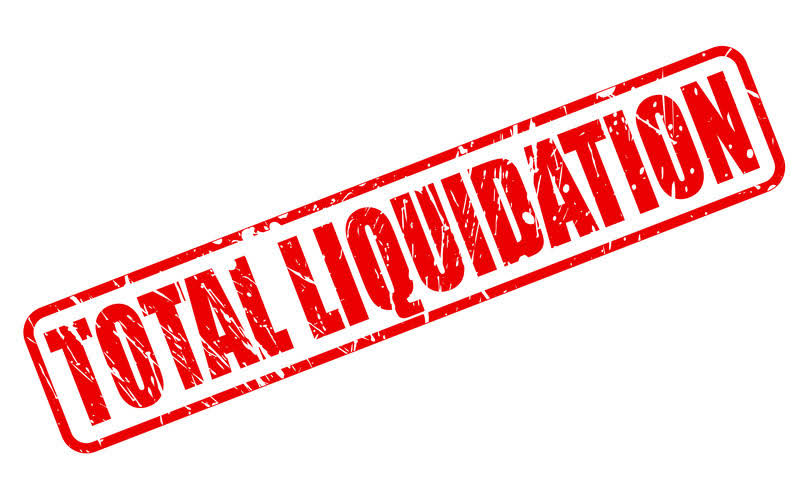
This liability is noted under current liabilities, as it is expected to be settled within a year. Even if you don’t have any deferred revenue on your books, consider whether any of the income your business is earning now is paying for something you owe customers in the future. If a company overestimates its working capital by not making any adjustments for unearned revenue, it may create cash flow problems in the future.
Unearned revenue in cash accounting and accrual accounting
If you have a startup, there’s a number of reasons you might consider accepting unearned revenue. Getting paid in advance for your work ensures that you have the cash needed to run your business, and it eliminates the worry of whether you’ll get paid fairly and on time. The three terms are interchangeable, so it’s up to you which term you prefer to use. is unearned revenue a current liability In wrapping up, understanding unearned revenue is indispensable for businesses aiming for accurate financial reporting. If a company fails to accurately record its unearned revenue, it could lead to inaccurate financial reporting and create potential legal issues. Another unearned revenue example would be using a service, like web hosting services.
Unearned revenue examples

If you pay for an annual subscription to a web-hosting plan, you’re only using the service a month at a time. Deferred income is an asset while unearned income is a liability for the seller. The most common example of unearned revenue is from SAAS companies offering software and application subscriptions to their customers. Your cash flow statement records cash coming into your business, whether earned or unearned.

What is financial reporting and how to simplify it?Arrow right
Trust is needed because it is rare for money and goods to exchange hands simultaneously. You can often find yourself receiving money long before you provide agreed upon services or, conversely, providing services and then waiting for payment. The early receipt of cash flow can be used for any number of activities, such as paying interest on debt and purchasing more inventory.

Because the membership entitles Sam to 12 months of gym use, you decide to recognize $200 of the deferred revenue every month—$2,400 divided by 12. These rules can get complicated—and to top it off, the Financial Accounting Standards Board (FASB) recently overhauled them. For a detailed rundown of how to recognize revenue under the new GAAP rules, check out our guide to revenue recognition. Here is everything you need to know about unearned revenue and how it affects your small business. How much of each a company shows on its balance sheet can reveal more about how the company operates.
What is Accrued Revenue?
- By keeping these industry-specific considerations in mind, businesses can better understand the dynamics of unearned revenue and its impact on financial reporting.
- On your balance sheet, unearned revenue should be listed under current liabilities and added to your total liability amount.
- Deferred revenue is most common among companies selling subscription-based products or services that require prepayments.
- The penalties for removing unearned cash from an IOLTA account can be harsh—sometimes even leading to disbarment.
- Unearned revenue refers to income received from a customer for products or services that are yet to be delivered.
Deferred revenue is classified as a liability, in part, to make sure your financial records don’t overstate the value of your business. A SaaS (software as a service) business that collects an annual subscription fee up front hasn’t done the hard work of retaining that business all year round. Classifying that upfront subscription revenue as “deferred” helps keep businesses honest about how much they’re really worth.
- The statement of cash flows shows what money is flowing into or out of the company.
- It’s hard to know exactly where and how to list income on your financial statements, how to record revenue and when to make adjustments.
- The company would have to repay the customer in either case unless other payment terms were explicitly stated in a signed contract.
- Get stock recommendations, portfolio guidance, and more from The Motley Fool’s premium services.
- If the seller provides services/goods over several accounting periods, it can record the journal entry for each transaction as below.
- In this case, the retainer would also be recorded as unearned revenue until the legal services are provided.
- Have an idea of how other SaaS companies are doing and see how your business stacks up.
- Therefore, the correct accounting treatment for unearned income is to record it as a liability for the seller.
- As the product or service is fulfilled, the unearned revenue account is decreased, and the revenue account is increased.
- This time, the company will debit the unearned revenue account and credit the service revenues account for the corresponding amount.
- Unearned revenue should be entered into your journal as a credit to the unearned revenue account, and a debit to the cash account.
- Accrued revenue is a common form of income for most conventional businesses.
When the music teacher receives the money, a journal entry is made in the company’s accounting records. The $2,400 is entered as a debit to cash and a credit to an unearned income account. Until your company provides the paid-for service, unearned income is recorded in a liability account on your balance sheet. At that point, it becomes revenue and can be added to your income statement.
Deferred revenue and accrued expenses

This figure measures a company’s liquidity as well as its operational efficiency. As such, it’s a great indicator of how healthy a business may be in the short term. For projects of this magnitude, the contractor requires a 25% down payment in advance of the work. If you’re a small business owner or contractor, accounting is probably the last thing you want to do. Skynova has software that can make your accounting processes much more manageable.
